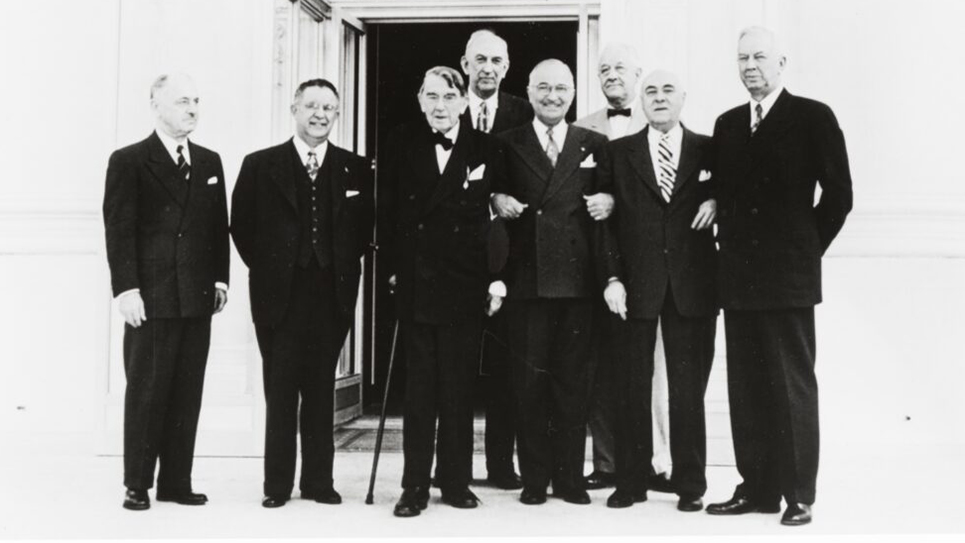What happened to U.S. manufacturing?
By Dr. Harold A. Black
blackh@knoxfocus.com
haroldblackphd.com
The president says that he wants to bring manufacturing back into the country. Of course, he will fail. He is a short timer and highly erratic. Companies must have a longer-term perspective. Building plants takes time and lots of money. Restructuring supply chains also takes time and money. Why go through the expense of moving to the U.S. when, in three years, Trump will be gone, as will many of his policies.
Anyway, even if companies wanted to move manufacturing back to the country, they would face the gauntlet of regulations that delay construction and make building a plant in the U.S. more expensive, and causing it to take more time than one built elsewhere. There is also the issue of labor. The avocado industry moved from California to Mexico because it could not get enough labor in the U.S. to grow and harvest the crop. So if manufacturing were to come back into the U.S., could they bring labor with them? Currently, the Department of Labor reports there are 7.2 million job openings. Over 500,000 of those are in manufacturing and most are openings at small businesses. Why would companies want to come into that environment?
When Trump talked about bringing manufacturing back to the U.S., the Chinese mocked him with pictures of overweight Americans trying to work in factories.
In reality, factory work is passé in today’s service-dominated American labor market. Yes, there will always be manufacturing, but it will occupy less and less of the labor force. Such was not always the case. Recall Rosie the Riveter? During World War II, one Ford plant turned out a B-24 bomber an hour. In 1939, the U.S. had fewer than 2,000 military aircraft. By war’s end, U.S. factories had produced 300,000 planes. What about ships? The U.S. built more than 3,600 cargo ships, 700 tankers, 1,300 naval vessels, including eight battleships, 128 aircraft carriers and 352 destroyers. It also produced over 100,000 tanks and armored vehicles, 2,382,311 other vehicles, and 2,679,849 machine guns. By 1945, more steel was produced in Pennsylvania alone than in Germany and Japan combined.
We still have the personnel to build stuff. I read Michael Fabey’s book, “Heavy Metal,” the story of the people who build aircraft carriers at the Newport News shipbuilding yard in Virginia with its 30,000 employees and shipyard workers. They are riggers, fitters, welders, electricians, machinists and steelworkers who come from shipbuilding families. Putting together all the miles of wiring, thousands of rivets, computers, and the rest makes for a great story.
There is still a demand for these skills. I read a story about one high school’s welding class, where one graduate has been offered a job starting at $70,000. Also, the demographics show that fewer and fewer young men are going to college, and that certain professions with only a high school degree pay more than those for a college graduate. So perhaps those jobs, coupled with A,I will usher in a new era in manufacturing to make manufacturing great again – albeit with fewer workers.
However, the question remains as to whether American manufacturing will ever be on a par with that of the Chinese. That I doubt. The loss of manufacturing jobs in the U.S. was mainly on the low end, with low-skilled jobs being eliminated. Those jobs are abundant in low-wage countries. China is now building a mega port in Santos, Brazil, to ship agricultural produce to China. Brazilian soybeans and grains will not replace American ones. Such is the reality in the world of Trump and his high tariffs. Look at what the Chinese are building and wonder if America will ever get back to that place. The answer is no. Low wages and hard physical labor go where that factor of production is most plentiful and cheap. It is no longer America.






